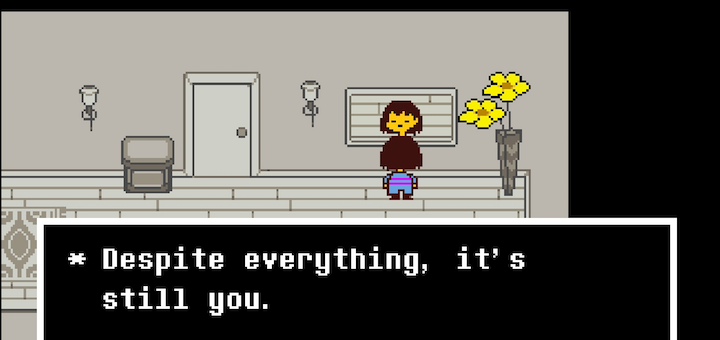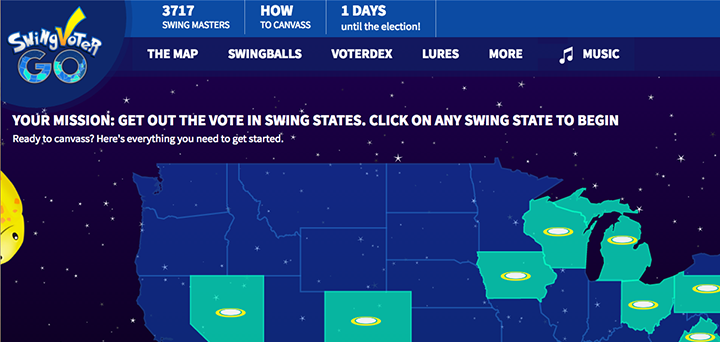Several weeks ago, I examined Nina Lykke’s Feminist Studies: A Guide to Intersectional Theory, Methodology and Writing in order to consider the ways intersectional methodologies might be used within the field of feminist game studies. I talked about the idea that intersectional methodologies allow for a multiplicity of feminist methods and approaches. However, while an intersectional approach might allow for this methodological pluralism, I still find myself wondering—what does an intersectional methodology look like? What does it do? How is it implemented? What are its characteristics? And what does it look like within the field of feminist game studies?
In “Intersectionality as Critical Methodology,” Kathy Davis argues that we should think of intersectional analysis as a process of “asking the other question” in order to engage in “more creative and critical feminist analysis.” And she breaks this down into three specific methodological actions. First, Davis argues that we can work toward such feminist analysis by situating ourselves—that is, by beginning our research with the interrogation of our “multiple positionings as a researcher in terms of gender, class, ethnic, sexual and other social identities.” But such an interrogation doesn’t mean we should simply list our identity categories; rather, it works to allow us to develop “a narrative about how [our] specific location shapes or influences us” and, thus, the work that we do as researchers.
Secondly, Davis also says that intersectional methodologies must work to complicate gender. And just as situating ourselves is an effort to acknowledge our multiple positionings and the impact of those positionings, such efforts to complicate gender must then also work to not simply treat gender “as a stand-alone category.” Rather, we must work to problematize gender as something that is always “related to other differences and mutually constituted by these differences” (23).
Davis’s third strategy for intersectional feminist methodologies is the idea that we must work to consider “blind spots, near-sightedness and other myopias”:
One of the most important contributions that intersectionality has made in feminist scholarship is that it helps identify the inevitable blind spots that every researcher has when doing her or his research. Whether because of our experiences or social locations, our theoretical perspective or our political orientations, we are often unable to see what our material has to offer us. Such blind spots can subvert even our best intentions to do research which is comprehensive and critical.
And this third component, this reconciling with and addressing of one’s own blind spots, seems especially imperative to me, for it highlights the importance of intersectional work—that is, it underscores the fact that intersectional methodologies allow feminist researchers to consistently interrogate their own processes, their own work, their own contributions to feminist thought. And such interrogations allow those of us embarking on feminist projects to constantly work to be better and to do better.
Yet, while these three strategies—situating ourselves, complicating gender, and interrogating blind spots—may be integral to the idea of intersectionality as a critical methodology, I think the actual methods themselves can vary. Indeed, this now causes me to think back to Nina Lykke’s assertion that an intersectional feminist methodology implements a multiplicity of methods, a mixed-methods approach. But, again, regardless of the approach, it seems that any intersectional methods must stem from the foundation of these three strategies in order to effectively engage in (to reiterate Davis’s phrasing) “creative and critical feminist analysis.”
So, for me, this mode of creative and critical feminist analysis entails the interrogation of worked examples, the discussion of representation and controlling images within the narratives of games, the consideration of video game narratives as cultural artifacts. It entails the reflexive analysis of my own processes, my own methodologies, my own feminist research and praxis. It entails collaboration with other scholars—both within feminist game studies and without—in order to gain new insights and enact research and conversations across disciplinary boundaries. These are the kinds of methods that I implement in the work I do as a feminist game studies scholar. But these aren’t the only methods that the field of feminist game studies requires. These aren’t even the only methods that we implement here at Not Your Mama’s Gamer. To be sure, in order for feminist game studies to engage in work that disrupts hegemonic structures of power and oppression (within game studies, within the gaming industry, even within feminist thought itself), a multiplicity, a network, of intersectional methodologies are needed.




